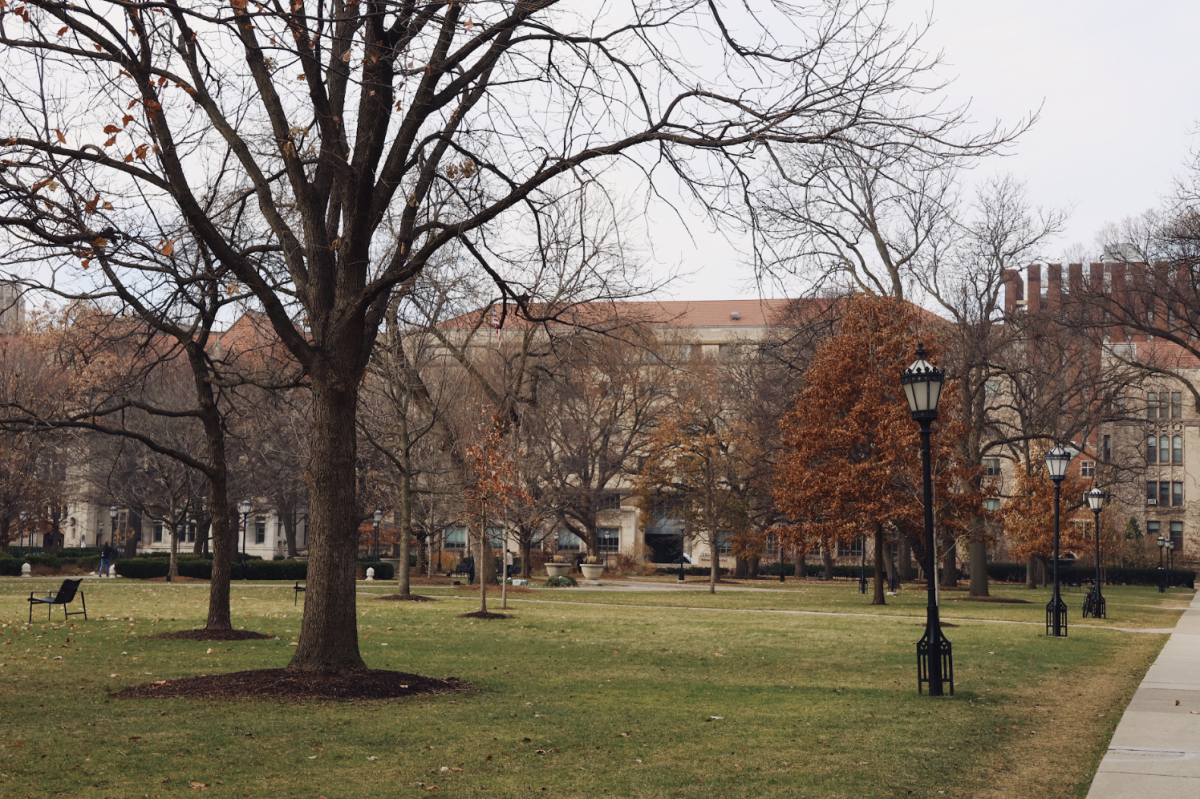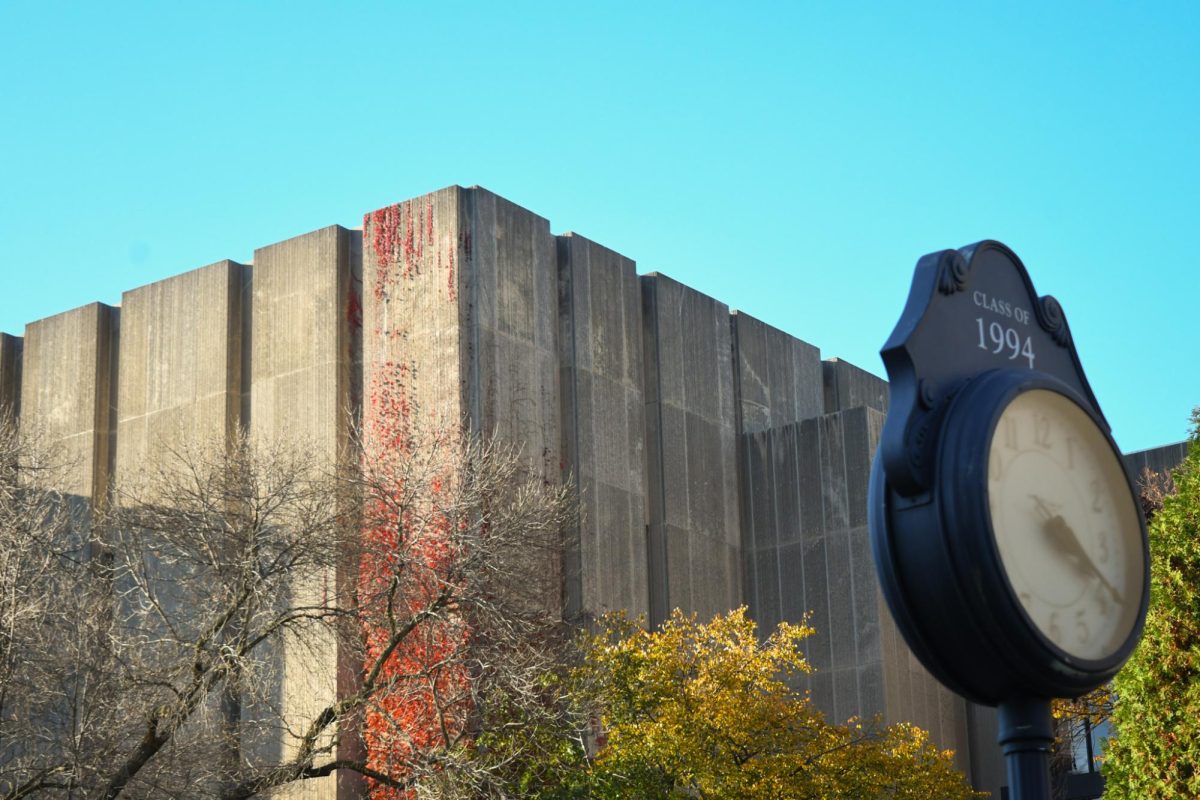For the dissonance within the residential system to be resolved, both a physical and cultural shift is necessary.
When O-Week ended and the upperclassmen returned to South Campus, I was surprised how little changed. I started seeing the handful of second years who appeared intermittently in the lounge, the third-years walking up to the apartment, the fourth-year planning her B.A. in the corner—and it did add a new fullness to the house. But it seemed to me that there simply weren’t enough older students in proportion to the first-years to make that big of a difference. Moving out after a few years, I learned, is expected, encouraged, and even necessary; at the same time, it strips college housing of a vital potential resource. Upperclassmen possess greater perspective and can therefore provide valuable mentorship, and increased investment prevents the turnover that destabilizes house culture in the long term. Entrenched physical and cultural complications make true residential housing culture difficult to realize, but a more inclusive system is possible through long-term shifts at every level.
Compared to other top-ranked private colleges, the University of Chicago lags far behind in housing. According to Dean Boyer’s 2008 volume of Occasional Papers on Higher Education, Yale and Brown house 88 and 85 percent of students, while Columbia, Princeton, and Harvard’s rates are in the 90s. UChicago, on the other hand, comes up at only 56 percent. Of course, there is something to be said about a campus that is not purely residential, but only when that difference is consistent with the school’s identity. Despite school marketing that emphasizes a vibrant house culture, 56 percent is neither competitive nor attractive. While housing is undoubtedly a critical part of any student’s first year, the sheer number of students who move off-campus undermines any claim that this is truly a residential college.
That’s not to say that the University abandons any attempt at a four-year residential system—the current housing situation is the result of a long and contentious administration discussion that has only recently come around in favor of full residential housing. In 2008, Dean Boyer proposed a plan to house 70 percent of undergraduates by 2013, and while this obviously hasn’t come to fruition, his remarks remain a powerful testament to the goals of the administration. As he writes in the Occasional Papers, “High-quality collegiate housing […] is an enormous asset in supporting the educational goals of the faculty, in developing active and stimulating learning communities among our students, and in encouraging patterns of lifelong friendships among our alumni.” Beyond creating happier, more dedicated students, a stronger housing system means a stronger alumni network and a more positive image of the school in the long term. As far as practicality goes, this means more hype and more donations, which feed into a university hopefully more equipped to educate its students.
Unfortunately for the current students and university, inclusive residential housing is not a viable option within the system as it now stands. For one, moving off-campus has become commonplace, so much so that a fourth-year in housing is a novelty. Moving off-campus is also often more economically feasible than paying the University’s rates for room and board. However, the most powerful impetus for the housing emigration is that the University simply doesn’t have space to fit everyone. With only 56 percent of students in housing, residence halls are already overfull—even expanding to 70 percent would require a truly comprehensive construction effort.
Dean Boyer and the administration have begun to realize and address this possibility, notably with the new dorm planned for the north end of campus. With apartment-style rooms designed to cater to third- and fourth-years as well as younger students, it represents an important step forward towards a residential campus. Assuming this project concludes by its projected date of 2016, and assuming older students take advantage of it, it may shift the residential culture of campus.
But while more space would create the opportunity for a residential shift, a more subtle cultural adjustment is also necessary for that change to actually take place. Decades of tradition support the practice of moving off, and expanded facilities will not be enough to change this. The effectiveness of the current most visible effort towards campus inclusion, the House Associate program, is already limited by participants’ busy schedules, geographic dispersion, and alternate priorities. While this is a worthwhile element of housing, focusing on the role of individuals already within the system is ultimately more feasible. Students can’t build a new residence hall or transport the 44 percent of off-campus students into it, but they can build from the everyday things—the conversations in the hallway, the jokes in the elevator, the grim camaraderie of studying until three in the morning when you don’t even have a midterm tomorrow. Beyond extra space or cheaper facilities, a true residential culture requires students to invest in their peers by making the most of these ordinary encounters. Extending the housing experience into students’ upper years requires a common sense of house inclusion, and by capitalizing on these shared experiences, students can lay the foundation of a true residential system even within its current limits.
Ellen Wiese is a first-year in the College.









